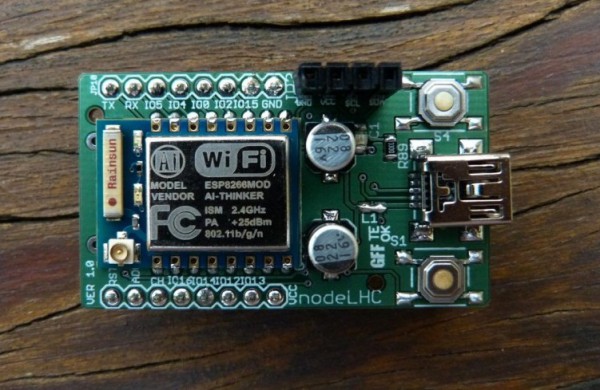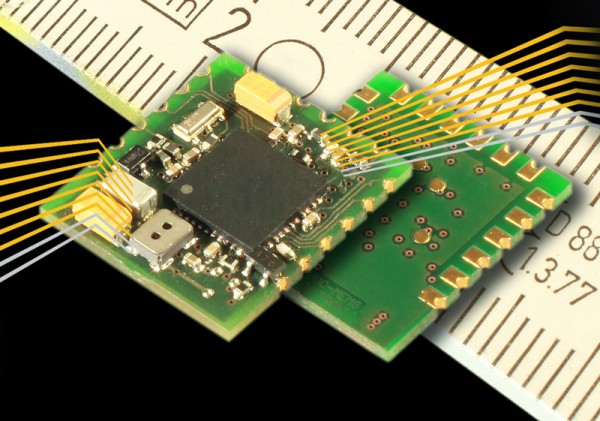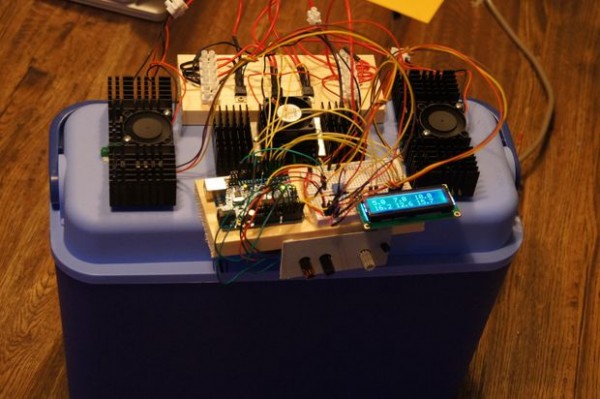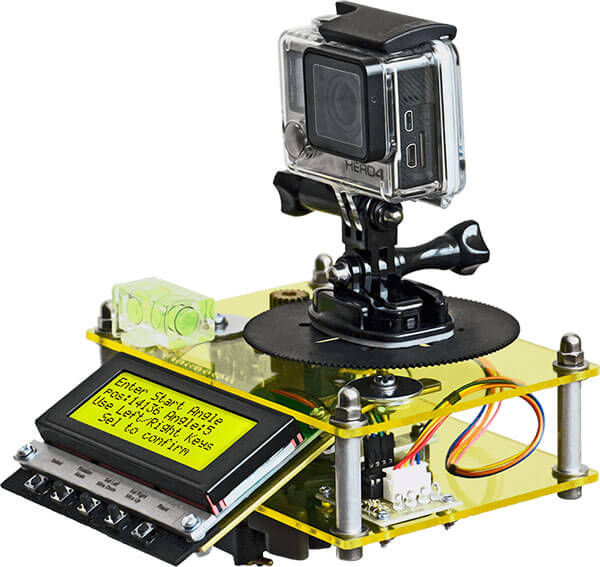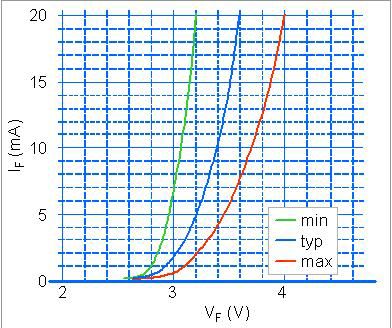In this article we will discuss about the various types of diodes, their working principle and their common uses. We will cover many common diode types, such as P-N junction diode, Zener diode, Schottky diode, LED and laser diodes, photo diode, varactor diode, avalanche diode, PIN diode etc. Feel free to leave a comment with other types of diodes you know.
P-N Junction Diode
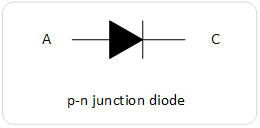
This is the most common type of diode and acts as one way gate to current flow. The current flows from anode (A) to cathode (C) and comes in two types depending on the material used, silicon and germanium. They both need a forward-bias voltage to contact which is in the range of 0.6-1.7V for silicon and 0.2-0.4V for germanium. Common uses are: voltage rectification, transient suspension, voltage multiplication, voltage regulation etc.
Zener Diode
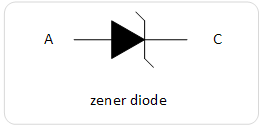
Zener diode acts like a p-n junction diode if forward-biased and conducts from anode (A) to cathode (C) but will also conduct in the opposite direction if the applied voltage exceeds the zener’s breakout voltage Vz. Common breakout voltages are 1.2V, 3V, 5.1V, 6.3V, 9V, 12V etc. Common uses are: voltage regulation, waveform clipping, voltage shifting, voltage reference etc. Often they are used in series and with opposite directions with p-n junction diodes to balance the temperature coefficient response.
Schottky Diode
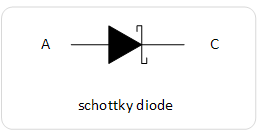
This kind of diodes have similar operation with p-n junction diodes but are constructed with metal semiconductor junction instead of a p-n junction. They have a lower forward voltage drop (0.15-0.45V) than p-n junction diodes and way lower junction capacity that results for quicker switching times. Common uses are: low loss rectification, high frequency applications, RF applications, switchmode power supplies, mixers and detectors.
LED and Laser Diodes
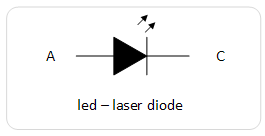
Light emitting diodes (LED) produce light when forward biased and they come in many different types depending on wavelength emitted (infrared, visible light and ultraviolet), power output, size and material used. A typical forward voltage is 1.7 to 4V and their wavelength spectrum is about 40nm wide. They are often used as indicators and for lighting purposes. In contrast laser diodes have a much narrower spectrum of about 1nm and fast response times and are used in fiber optic communications, CD/DVDs, barcode readers, medical uses etc.
Photo Diode
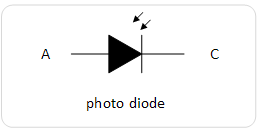
Photo diodes are able to generate current when exposed to light and current flow from cathode (C) to anode (A). When light intensity increases the current passing thought the diode also increases and they have fast response time in terms of ns. They are not as sensitive as phototransistors but they have good linearity making them ideal in use on simple light meters. Common uses are in photometry, solar cells and optical communications.
Varactor Diode
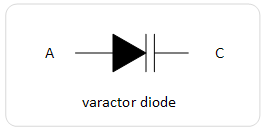
Varactor diodes are used as voltage controlled capacitors. The capacitance decreases as the reverse-bias voltage on the diode increases. We can find them on PPL (Phase locked loop), FLL (Frequency locked loop) circuits, general RF applications and tuning receivers. The junction has a capacitance in the range of pF for small variations on reverse-bias voltage.
Avalanche diode
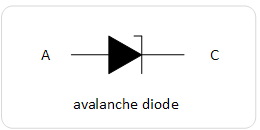
Avalanche diodes are similar to Zener diodes, they contact when reverse biased and the reverse bias voltage exceeds the breakdown voltage. They may be similar to Zener diodes but the breakdown occurs using a different mechanism, the avalanche effect. Another difference is that they have opposite temperature coefficients. They are used in voltage references, protection, RF noise generation etc.
PIN Diodes
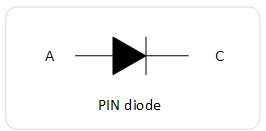
PIN diodes have a central un-doped region between P and N regions and they are used as RF and microwave switches. For high frequency signals PIN diode acts like a variable resistor whose value is depended on the applied dc forward-biased voltage. So, for high DC forward bias its resistance is less than an Ohm but in low forward bias the resistance is in the kOhm range.
There are also some other types of diodes available such as IMPATT, Gunn, Tunnel which are used for special purposes at high frequencies, for example on amplifiers and oscillators. The physics of such diodes is complex and beyond the scope of this article. I hope you get an idea of the basic types of diodes available and feel free to leave a comment.




